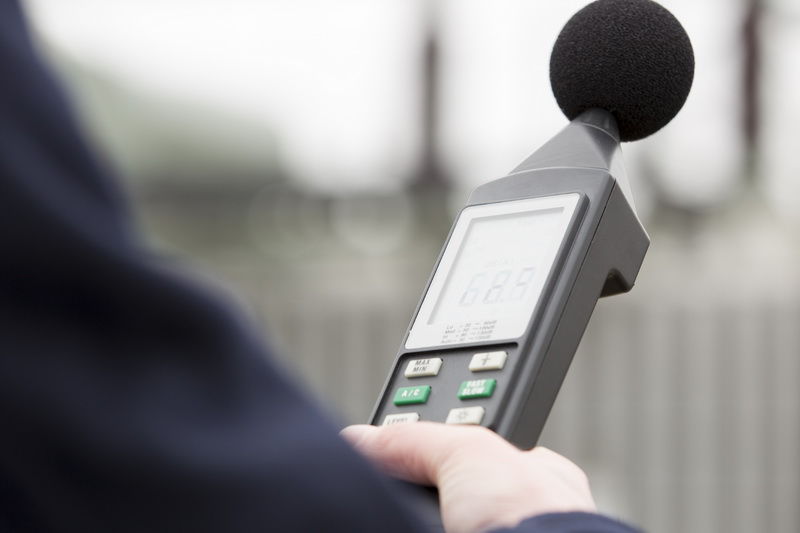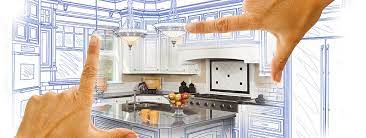Introduction:
One of the most crucial considerations in relation to workplace safety factors are noise ranges. It is vital that employers understand their employees’ exposure to too much noise ranges in order to ensure a proper work place. This short article will let you know that organisations can accurately measure and keep track of noise levels within their workplace.
Noise Measurement and Checking Devices
The initial step in being familiar with your workplace noise amounts is to invest in a reliable audio level gauge. A sound level gauge, also known as a decibel (dB) meter, is an instrument used for calculating sound pressure level in decibels. This product will enable you to correctly calculate the volume of noise within your workplace to be able to determine if you can find any potential hazards from too much noise coverage.
When using a sound level gauge, it is essential to understand the way it operates and what sorts of specifications needs to be used. The most frequent kind of way of measuring undertaken having a dB meter may be the “A-weighted” measuring which measures all audible frequencies weighted in accordance with human being ability to hear level of sensitivity. The “C-weighted” dimension is additionally probable, but this sort of measurement should only be employed when further accuracy and reliability or array is essential. Once you have considered your specifications, after that you can compare them against applicable restrictions or specifications such as OSHA’s permissible exposure boundaries (PEL). Sound Level Mapping and Assessment
One other way that employers can measure and monitor noise levels inside the workplace is through sound level mapping and assessment. Noise level mapping entails taking a number of data through the workspace at different locations and occasions during the day to enable you to produce an exact map of common sound degrees across your center. In this way, organisations can determine areas where excessive noise might be happening because of machinery or any other sources that may reveal prospective protection hazards for their staff members. Once you have developed your chart, you may then execute more assessment on every single region to recognize any prospective types of too much noise and do something to lower them if possible. This can consist of the installation of soundproofing components including insulation or traditional acoustic foam or replacing older machinery with more modern models that generate less noise pollution overall. As soon as these steps happen to be taken, you should periodically keep an eye on these areas by using a dB meter again so as make certain that any alterations carried out are having their wanted impact on lowering audio air pollution throughout the work area.
Verdict:
Calculating and keeping track of noise amounts are an essential part of ensuring workplace safety for workers who could be in contact with extreme numbers of seem air pollution throughout their daily activities. Companies should purchase dependable audio level m to allow them to accurately determine their workspaces’ decibel ranges against regulatory criteria including OSHA’s PELs as well as conducting normal sound level mapping analyses to allow them to recognize any possible resources for extra noise toxins inside their establishments and do something towards decreasing them accordingly if necessary. Doing this may help always keep staff members secure whilst boosting general efficiency inside the workplace!


